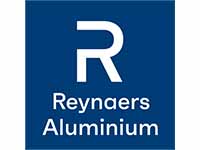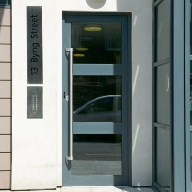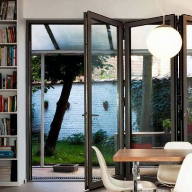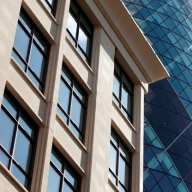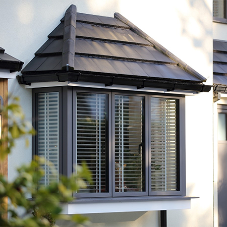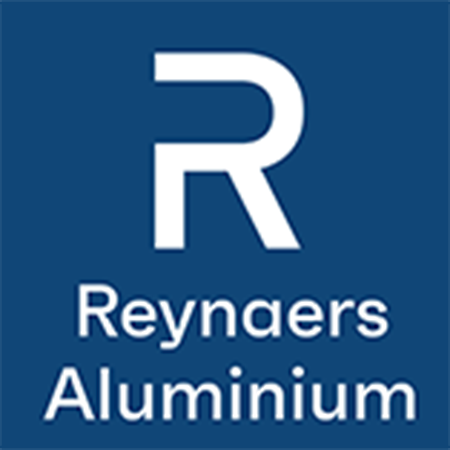Facades have the ability to transform how we see architectural spaces and, in recent decades, glazed curtain walling systems have become increasingly popular – on commercial and residential buildings alike.
Enclosing the envelope of the building, there are two main types of curtain walling: stick and unitised facades. These can be adapted from their standard design to create bespoke features which are engineered to emphasise geometry or a particular aesthetic appearance. As a result, curtain walling systems equip architects with the freedom to create an aesthetically led façade which meets the specific performance requirements of the building.
Performance
Spanning multiple floors and covering a large surface of the building, curtain walling forms a significant part of the envelope. As such, systems can directly impact key performance considerations, including water tightness, thermal characteristics, daylighting, ventilation regimes and acoustics.
Another fundamental part of selecting the correct curtain walling is the accommodation of building movement. The taller a building gets, the more movement can be expected, creating the potential for a range of building movements such as windsway, inter-storey drift, differential slab deflections, settlement, creep and even seismic loads. Although some types of movement are more typical outside of the UK, it is important for every aspect of the building envelope to be designed to accommodate such movements.
Acoustics is another area where curtain walling systems have a part to play. As urban areas become increasingly populated, controlling noise levels within a building increases comfort for occupants. Curtain walling can reduce noise concerns such as flanking sound transmission, which is particularly relevant for multiple-occupancy buildings. Accommodating the large glass thicknesses and glass weights associated with acoustic glazing, alongside the inclusion of profiles that stop direct transmission, Reynaers Aluminium curtain walling can directly support acoustic performance.
The systems’ test data speaks for itself, with each curtain walling type offering varying levels of performance, depending on characteristics like profile design, gaskets and openings. CW 50, for example – the leading curtain walling system from Reynaers – offers all-round performance having passed CWCT Sequence B testing, providing independent accreditation. Different technical variants can also accommodate specific fire resistance requirements where needed.
Elevating aesthetics
While the technical performance of curtain walling is a primary consideration for those specifying systems, there is one clear benefit to including them in a building’s design – aesthetics. As a fast and cost-effective way of introducing large volumes of glazing into a building, these systems hold the potential to define a building’s appearance.
For occupants, the benefits are clear to see. Large, full height windows flood rooms with natural light, making spaces more comfortable, practical and modern. Alongside the positive impact this can have on wellbeing, curtain walling systems can introduce greater connections between inside and outside spaces and maximise views, further elevating the appeal of buildings for occupants. From the outside, curtain walling equips buildings with a distinctive appearance which defines their unique character. To achieve this, it is fundamental for architects to specify systems which facilitate creative freedom, without compromising the performance benefits required.
Ensuring correct specification
To unlock the full suite of benefits which are made possible through curtain walling, it is crucial to work closely with suppliers and collaborate with design teams from the very outset of a project. Particularly on large scale projects, such as high-rise buildings where curtain walling is most in demand, this approach ensures success.
It is for this reason that Reynaers Aluminium encourages direct collaboration with its partners. Through its Consult programme, in-house specialist consultants, engineers and technicians work closely with architects and building professionals to offer technical assistance. This close collaboration facilitates a deeper understanding of a project’s specific requirements and allows for the correct systems to be specified, including bespoke systems which are tailor-made to meet the specific demands of a project.
Complementing this hands-on approach to working with our partners, Reynaers offers a broad selection of profiles and tested systems and has the capability to test systems in-house, ensuring every system performs as required.
By working together with partners throughout the supply chain, architects and building professionals can lean on the expertise of the wider supply chain and bring their visions to life with glazed curtain walling systems, while weaving uncompromising performance and quality into the fabric of their buildings.
Specifying success with curtain walling [Blog]
| T | (0121) 421 1999 |
|---|---|
| F | (0121) 421 9797 |
| E | reynaersltd@reynaers.com |
| W | Visit Reynaers Aluminium Ltd's website |
| Hollymoor Way, Northfield, Birmingham, B31 5HE |
Categories
Curtain-wall systems Residential buildings

![Specifying success with curtain walling [Blog]](/Curtain%20wall-file117038.png)
![Specifying success with curtain walling [Blog]](/Four%20Seasons%20Hotel%205e_WebOptimized-file117039.jpg)
